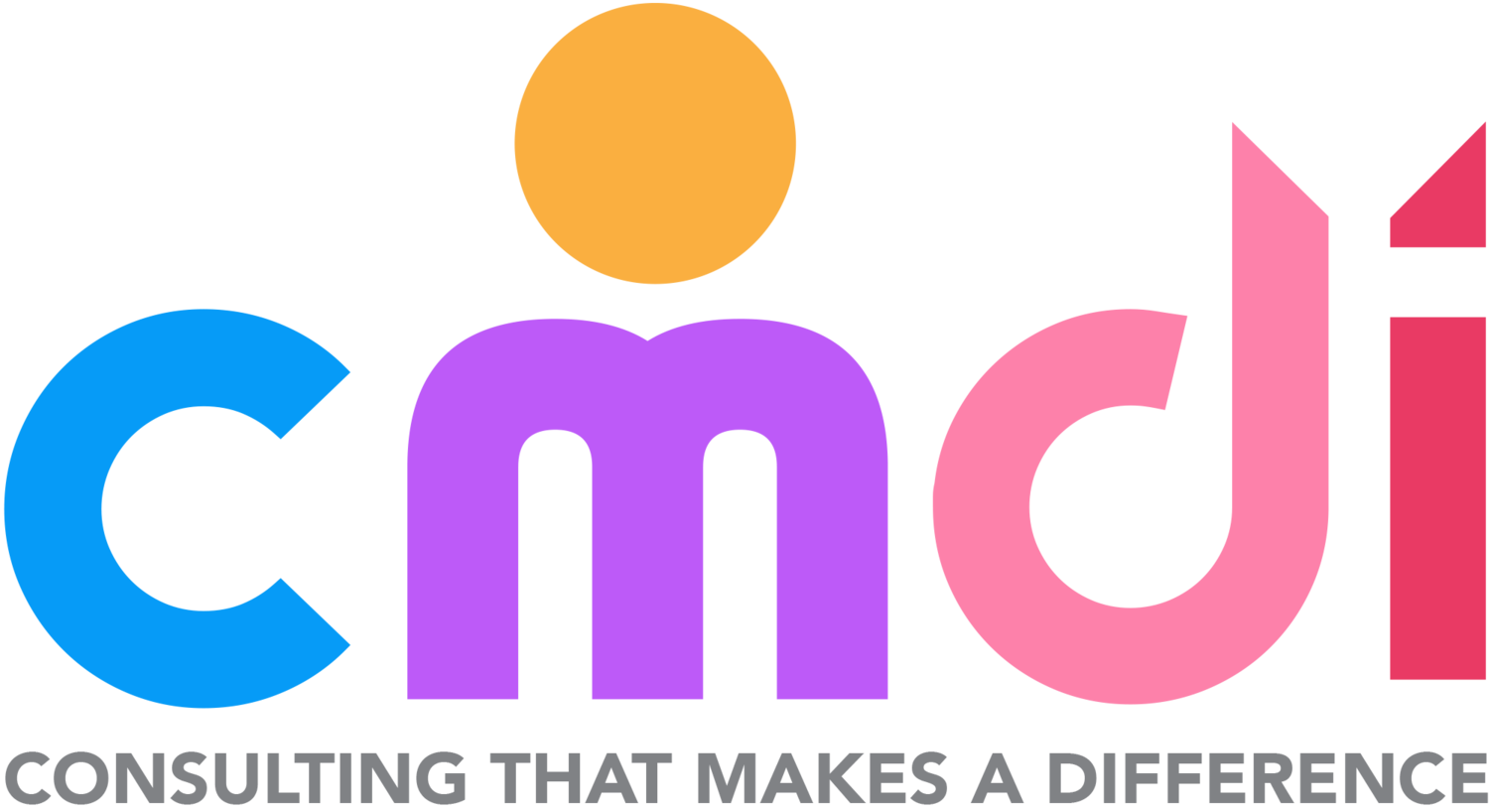Getting’ Groovy with IEP Goal Writing
In this blog we are going to look at goal writing in the Individualized Education Plan (IEP) and how to write effective and measurable annual goals for your students.
Let’s remember that an Individualized Education Plan is a vital (and legal) document that outlines the educational as well as social-emotional, physical and sometimes medical or neurological needs and goals for students with disabilities. At its core, this living document is an annual blueprint for your student's educational journey, and it helps both educators and service providers give appropriate support and accommodations to meet your students’ unique needs that arise due to their disability.
One of the most critical components of an IEP is the annual goal-setting process. It goes without saying, but an IEP goal should be Specific, Measurable, Achievable, Relevant, and Time-bound (SMART). So how do we create these SMART goals? Let’s have a look at some basic guidelines that you as educators and service providers can use to ensure that the goals you write for students are meaningful and achievable.
Here are some top tips to help you write effective and measurable IEP goals:
To begin, identify your student's strengths and weaknesses or areas of need. Understanding this is both crucial in goal setting and is the starting point. You should first determine what the student can do already and what areas need improvement. In a recent video, we suggested creating a specially designed instruction chart to help you do this and really get to know your student.
Goals should be Specific and Measurable. The goals should specify what the student will do and how you or other members of your student’s team will measure their progress. For example, instead of saying "the student will improve their writing skills," a specific goal could be "the student will write a five-paragraph essay with a clear introduction, body, and conclusion."
Set Achievable and Relevant goals. The annual goals should be challenging, but still attainable for your student. You should also ensure that the goals are relevant to the student's future plans and aspirations – this is especially important the older the student becomes. Remember that after 12 years of age, students should be invited to their annual CSE and be a part of the whole process. Perhaps they will want to help write their goals?
Lastly, consider Timeframes. The goal should have a timeframe for completion. This helps to establish a sense of urgency and ensures that the goal is achieved within a specific time period. In addition, consider and note when and how often the goal will be progress monitored. We will cover progress monitoring in another blog.
In conclusion, writing effective and measurable IEP goals is a crucial step in providing the best educational experience for your students with disabilities. By following the basic tenants of the SMART guidelines, you can ensure that your students’ goals are specific, achievable, relevant, and time bound. With well-written IEP goals, your students can make meaningful progress, reach their full potential, and perhaps most importantly, feel a real sense of pride in knowing that they can achieve what they set out to achieve.
If you would like more information about how we can help support IEP GOAL WRITING in your school or district, go to our website www.cmdi.us to set up a free discovery call.
